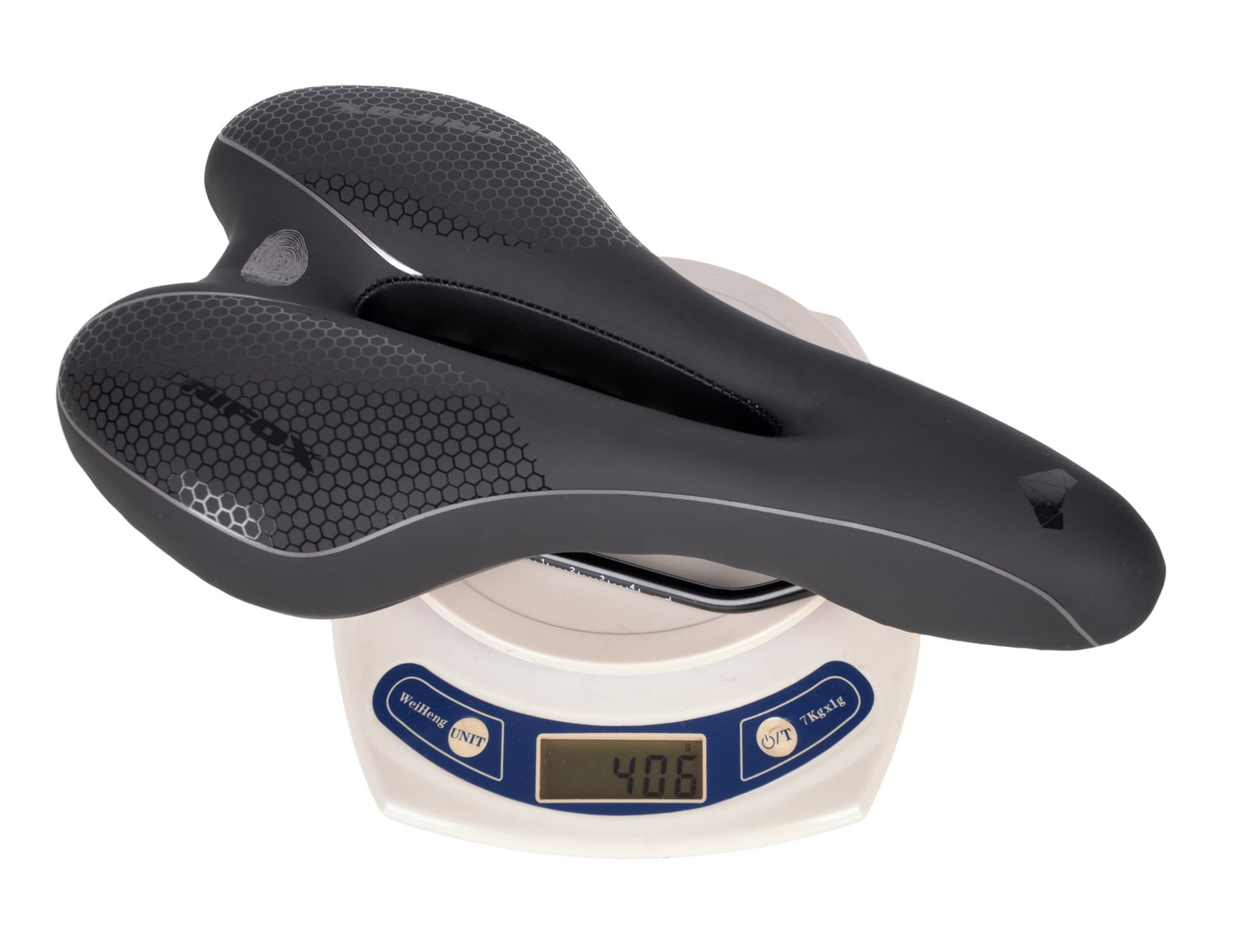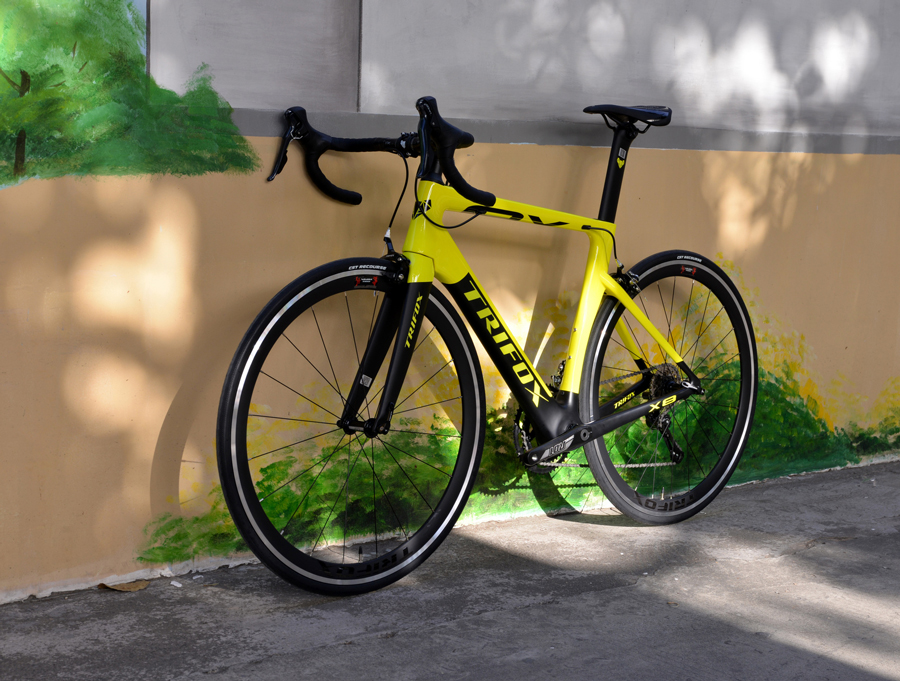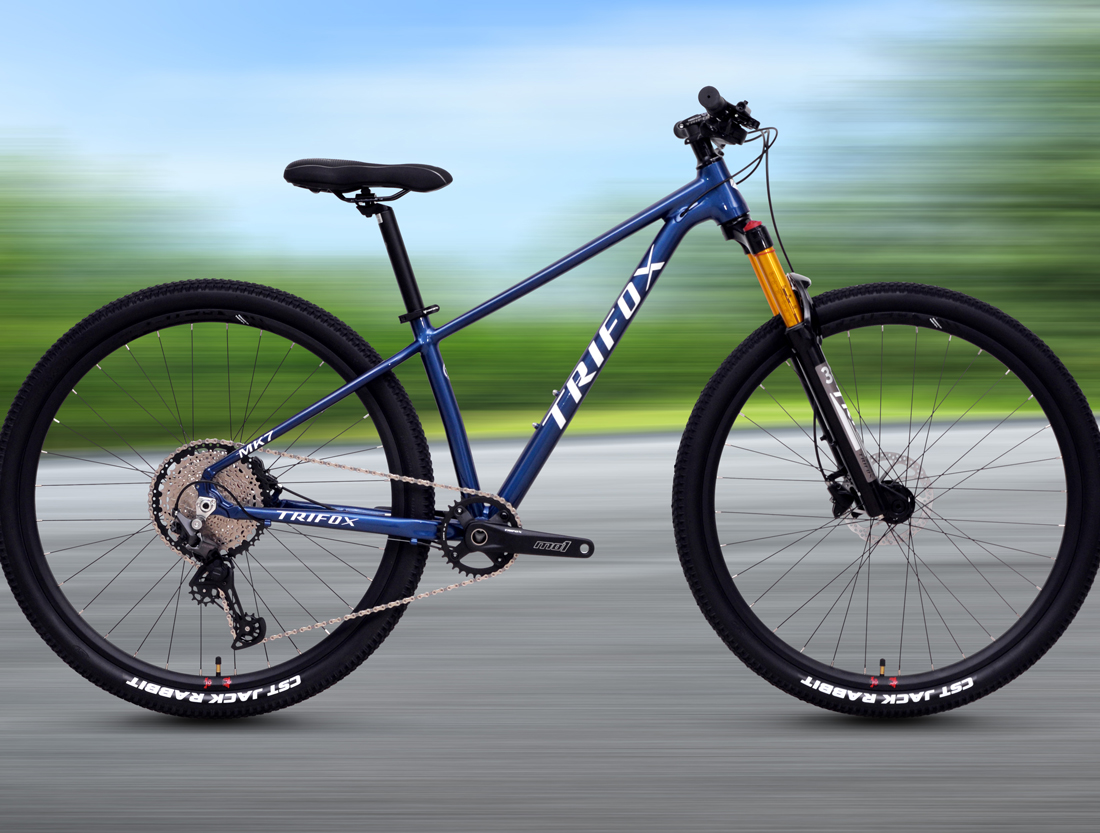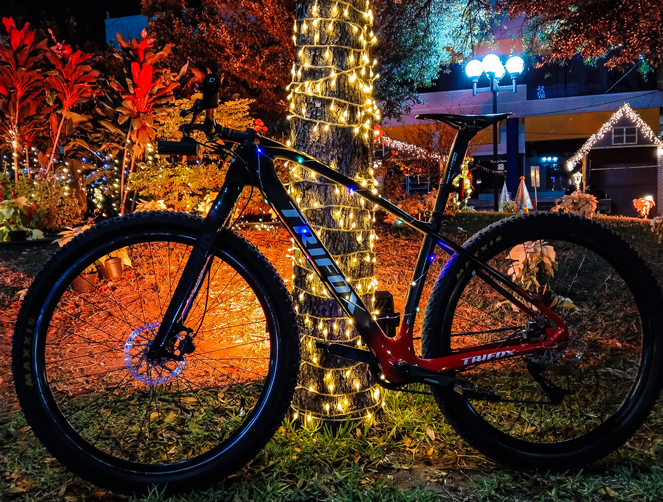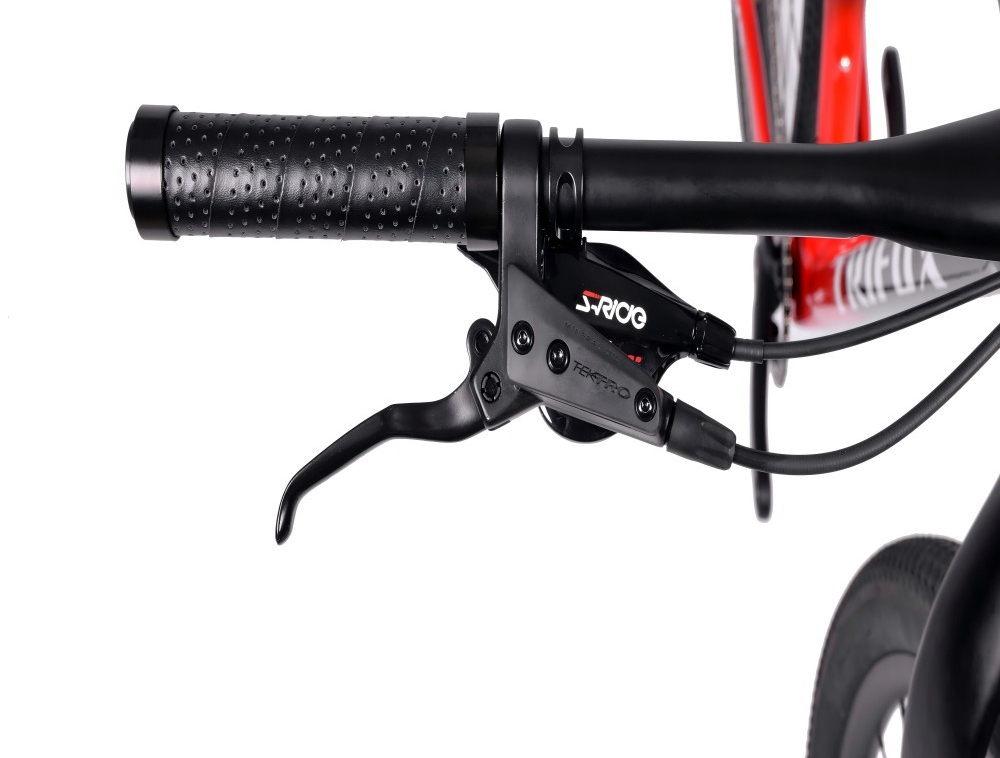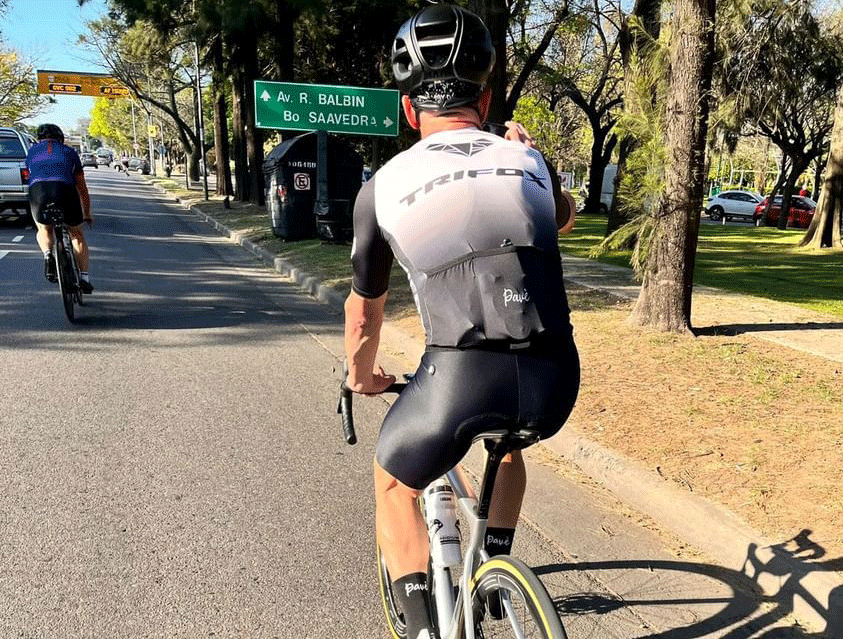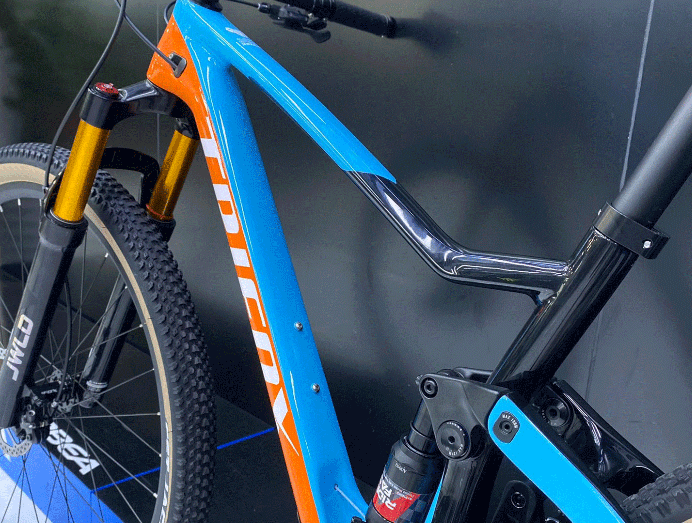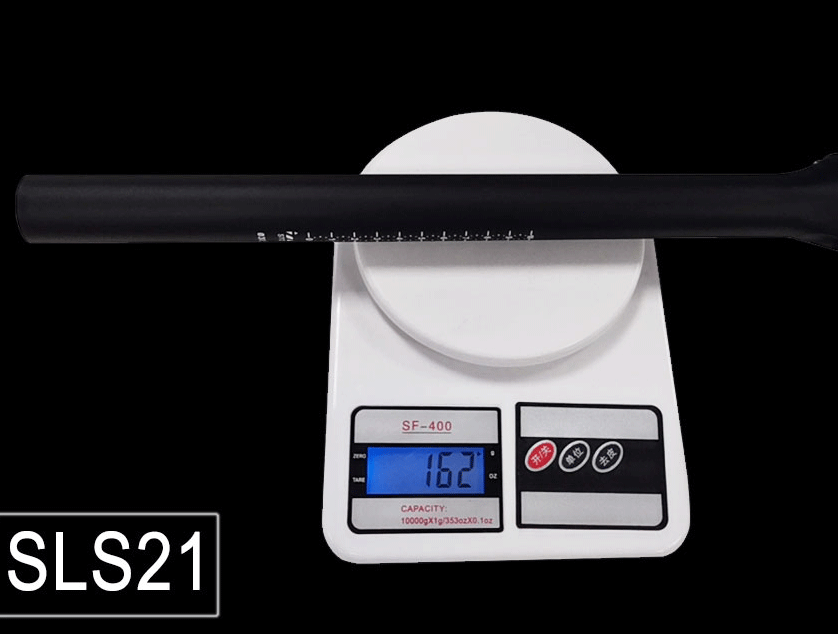Choosing the right front suspension for your bike can significantly enhance your riding experience, whether you're tackling technical trails, cruising through city streets, or exploring gravel paths. The correct suspension setup improves comfort, control, and performance, tailored specifically to your riding style.
1. Understand Your Riding Style
Cross-Country (XC)
If you're into cross-country riding, which involves long-distance rides over varied terrain with a focus on speed and efficiency, you’ll benefit from a lightweight suspension fork. XC riders typically prefer front suspensions with 80-100mm of travel. This range provides enough cushioning for bumps and roots while keeping the bike nimble and efficient for climbing and long rides.
Trail Riding
For those who enjoy trail riding, which encompasses a mix of uphill, downhill, and technical sections, a versatile suspension fork with 120-140mm of travel is ideal. This setup offers a balance between climbing efficiency and downhill control, absorbing larger impacts and providing better stability on rough terrain.
Enduro
Enduro riders face more demanding descents and technical trails, requiring robust and responsive suspension. Forks with 150-180mm of travel are common in enduro bikes, offering maximum impact absorption and control at high speeds over challenging terrain. These forks are generally heavier but provide the durability needed for aggressive riding.
Downhill (DH)
For downhill enthusiasts who prioritize descending over all else, suspension travel extends from 180mm to over 200mm. These heavy-duty forks are designed to handle big jumps, drops, and rugged terrain at high speeds. They offer unparalleled control and stability but are less efficient for climbing due to their weight and travel.
2. Suspension Types: Air vs. Coil
Air Suspension
Air suspension forks use an air chamber to provide spring force. They are lighter and more adjustable than coil forks, making them popular among a wide range of riders. By adjusting the air pressure, you can fine-tune the suspension to your weight and preferred ride feel.
Coil Suspension
Coil suspension forks use a metal coil spring. They are generally heavier but offer consistent performance over prolonged periods and under extreme conditions. Coil forks are often favored by downhill and enduro riders for their plushness and reliability, especially in rough and repeated impacts.
3. Key Features to Consider
Adjustability
Look for forks with adjustable compression and rebound damping. Compression damping controls how the fork reacts to impacts, while rebound damping manages how quickly the fork returns to its original position after compression. Adjustable forks allow you to customize your suspension to different trails and conditions.
Lockout
A lockout feature allows you to rigidly lock the fork, reducing or eliminating suspension movement. This is particularly useful for climbing or riding on smooth surfaces where suspension bob can waste energy.
Travel Adjust
Some forks offer adjustable travel, enabling you to change the amount of suspension travel based on the trail. This feature adds versatility, allowing one fork to adapt to various riding styles and terrains.
Weight
Consider the weight of the suspension fork, especially if you’re into cross-country or trail riding where climbing efficiency is critical. Lighter forks enhance your overall bike performance and reduce fatigue over long distances.
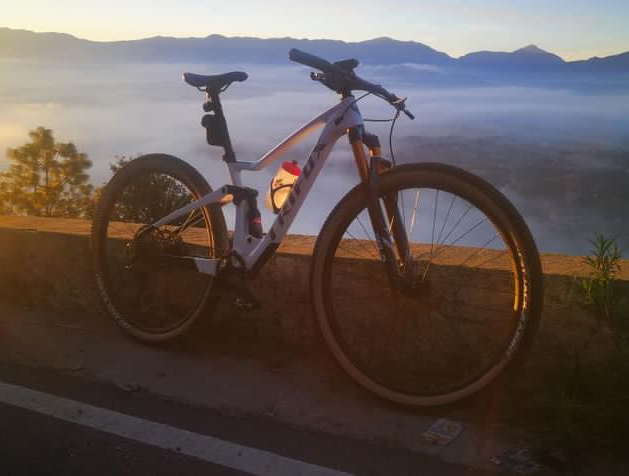
Conclusion
Selecting the best front suspension for your bike involves understanding your riding style, choosing the right type of suspension, considering key features like adjustability and weight, and balancing your budget. By tailoring the front suspension to your specific needs, you’ll improve your riding experience, comfort, and performance, ensuring you get the most out of every ride. Happy trails!




























































